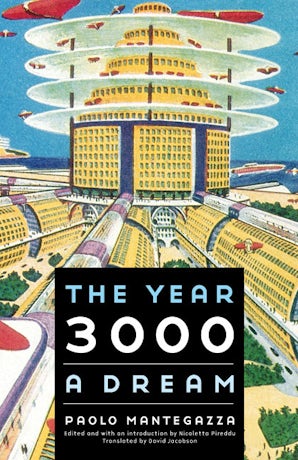Paolo Mantegazza (1831–1910) was a prominent Italian neurologist, physiologist, anthropologist, defender and correspondent of Darwin, and fiction writer. Nicoletta Pireddu is the director of the comparative literature program and an associate professor of Italian and comparative literature at Georgetown University. She is the editor of Paolo Mantegazza’s Physiology of Love and Other Writings. David Jacobson translated Mantegazza’s Physiology of Love and Other Writings.
